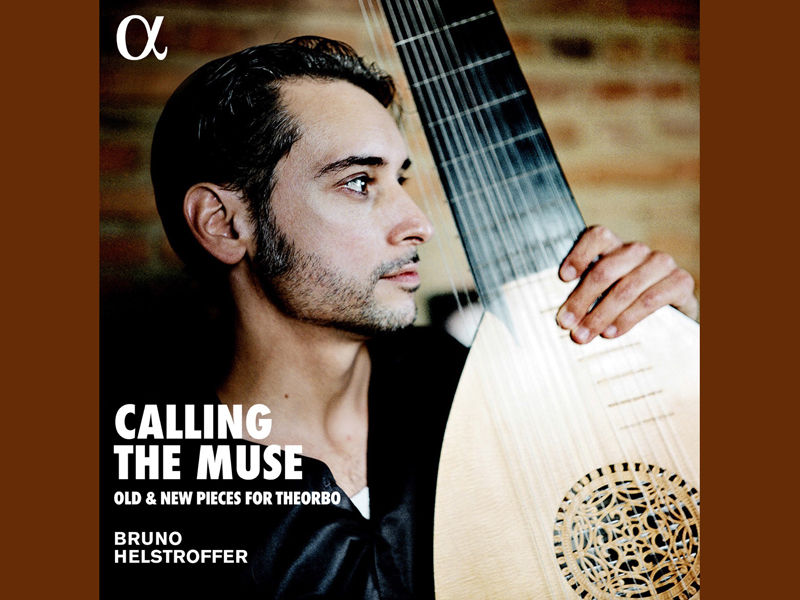Artemandoline : Italian Baroque Mandolin Sonatas : CD
- chrisdumigan
- Dec 10, 2021
- 3 min read

CAPPONI: Sonates da Camera - No12 in G Major; No8 in E Minor : SUSIER: Sonata per Mandola : ROMALDI Sonata per Mandola ;PICCONE : Sinfonia in Dm: SESTO DA TRENTO : Sonata di Mandolino .
Artemandoline , (Juan Carlos Munoz and Mari Fe Pavon, artistic direction and founders )
Deutsche HM: 19439819362
The Artemandoline, ensemble founded by Juan Carlos Muñoz and Mari Fe Pavón, insist upon using original scores in order to restore the mandolin and its incomparable repertoire to its former glory. Passionate musicians, they spend their time updating forgotten early music masterpieces written for their instrument.
If you are like me, then all the composers’ names here will be new to you. Little is known about Abbate Ranieri Capponi , two of whose 12 Sonates da Camera are featured here. He was from a noble Florentine family, and his activities as a teacher of music are documented. However ,his only known compositions were published posthumously in 1744 by his brother: twelve sonatas for various instruments and basso continuo. Sonata No12 in G Major is in four movements with a Largo expressive and emotional in its harmonic work. The following Allegro Nobile is full of movement with the melodic material being passed backwards and forwards from the mandolin to the rest of the players and is lively and entertaining, and beautifully played. The 3rd movement Fuga is quick and lively in character, with the final Scherzo Pastorale, showing a different side to that which we have so far heard. Here is a composer whose music is well worth getting to know. His Sonata No 8 in E minor is also in four movements. The first and third movements are fast and in a fugal style. The slow movements (1 and 3) are expressive, which demonstrates a style of playing that perhaps many listeners might not consider something that a mandolin can successfully do, but it can!
Niccolo Susier was a Theorbo player in the Medici court in Florence in the first quarter of the 18th Century but here his Sonata is written for the Mandola, a lower version of the mandolin, similarly to the viola’s relationship to the violin today. Here the four movements are an opening Adagio followed by a racy Allegro, a dancing Gavotte, and a very entertaining Giga that really shows exactly how good the performers are. Again the composer’s music is really pleasant, lots of fun, and the equal of many of the more well-known Baroque composers we could perhaps name.
Nicola Romaldi similarly was writing at the end of the 17th and beginning of the 18th centuries , (and in spite of his Christian name) was a man whose four - movement Sonata for Mandola is in the slow – fast – slow – fast style, alternately dramatic and lighthearted and equally as good as the other selections here.
Francesco Picconi, also an organist as well as a composer, here has written a four – movement Sinfonia with the movements an Allegro, a Largo, a Giga and closing with a Minuetto. Again this work is very animated in the faster sections and very stately and grand in its slower moments.
The final composer Giovanni Pietro Sesto da Trento, has written a Sonata whose four movements are alternately Larghetto and Allegro, and is every bit as entertaining as the remainder of this fine and, to be honest, surprisingly fine recital.
So in effect this CD is beautiful in all the music, wonderful in the interpretations, and the musicianship and an utter surprise to me .This unpublished music, for it really has been rediscovered by these fine musicians, has been overshadowed for far too long but will impress its present-day listeners with its blend of grandeur and charm, qualities that its performers have brought to light to perfection. This ambitious programme is magnificently interpreted and I can give it a hearty recommendation.
Chris Dumigan




Comments